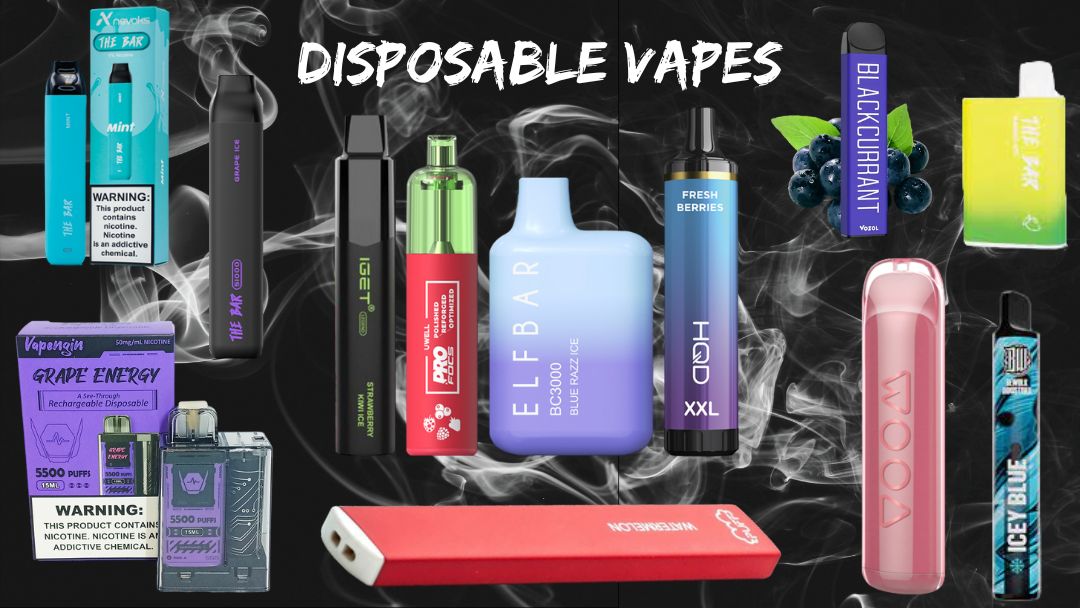
The genesis of modern vaping can be traced back to the early 2000s, when Chinese pharmacist Hon Lik patented the first electronic vape juice flavors cigarette. Motivated by personal experiences with smoking-related health issues, Lik envisioned a device that could deliver nicotine without the harmful combustion byproducts of traditional cigarettes. His invention utilized a battery-powered heating element to vaporize a liquid solution, typically containing nicotine, propylene glycol, and flavorings, thus giving birth to the concept of “vaping. “
Origins and Evolution
Vaping, the act of inhaling and exhaling vapor produced by an electronic device, has rapidly transformed from a niche hobby into a global phenomenon with profound social, health, and regulatory implications. Initially touted as a safer alternative to traditional smoking, vaping has since ignited a fierce debate among health professionals, policymakers, and the public alike. Here, we delve into the multifaceted landscape of vaping, examining its origins, popularity, controversies, and the ongoing quest for understanding its impacts on individuals and society.
Rise in Popularity and Appeal
By the mid-2000s, vaping gained traction as an alternative to smoking, celebrated for potentially reducing the health risks associated with tobacco use. Proponents praised its versatility, as users could customize their vaping experience with various flavors and nicotine strengths. This customization, coupled with the perception of reduced harm compared to smoking, contributed to its widespread adoption, particularly among former smokers and younger demographics.
Public Health Debates and Concerns
Despite its initial promise, vaping quickly became a contentious issue in public health discourse. Central to the debate is its appeal to youth, fueled by the availability of enticing flavors and aggressive marketing tactics. Critics argue that these factors have contributed to a new generation of nicotine users, reversing decades of declining smoking rates among young people. Moreover, concerns persist about the long-term health effects of inhaling vaporized chemicals, prompting rigorous scientific inquiry and regulatory scrutiny.
Regulatory Landscape and Challenges
The rapid growth of the vaping industry presented regulatory challenges for governments worldwide. Policies vary significantly, ranging from outright bans on certain products to stringent age restrictions and advertising limitations. The evolving nature of vaping technology has further complicated regulatory efforts, as policymakers strive to balance public health interests with consumer freedoms and industry innovation.
Scientific Research and Findings
Scientific research into the health effects of vaping has produced diverse and sometimes conflicting findings. While some studies suggest that vaping is less harmful than smoking and could aid in smoking cessation, others highlight potential risks, such as lung irritation from certain chemicals found in e-liquids. Researchers continue to explore the impact of vaping on respiratory health, cardiovascular function, and overall well-being, aiming to provide evidence-based guidance to policymakers and the public.
Cultural and Social Implications
Beyond its health and regulatory dimensions, vaping has reshaped social norms and behaviors. Debates about where and when vaping should be permitted have surfaced, reflecting broader discussions about public etiquette and the normalization of nicotine use. The portrayal of vaping in popular culture, from movies to social media, further influences public perception and attitudes towards these devices.
Looking Ahead
As vaping continues to evolve, its future remains uncertain yet deeply intertwined with ongoing scientific advancements, regulatory developments, and societal attitudes. Key challenges include addressing youth initiation, improving product safety standards, and enhancing public awareness of potential health risks. The path forward will likely involve collaborative efforts among stakeholders—health professionals, policymakers, industry leaders, and consumers—to navigate the complexities of vaping responsibly and sustainably.
In conclusion, vaping represents a dynamic intersection of innovation, controversy, and public health discourse in the 21st century. By critically examining its origins, impacts, and future directions, we can better understand and address the challenges and opportunities presented by this modern phenomenon.
